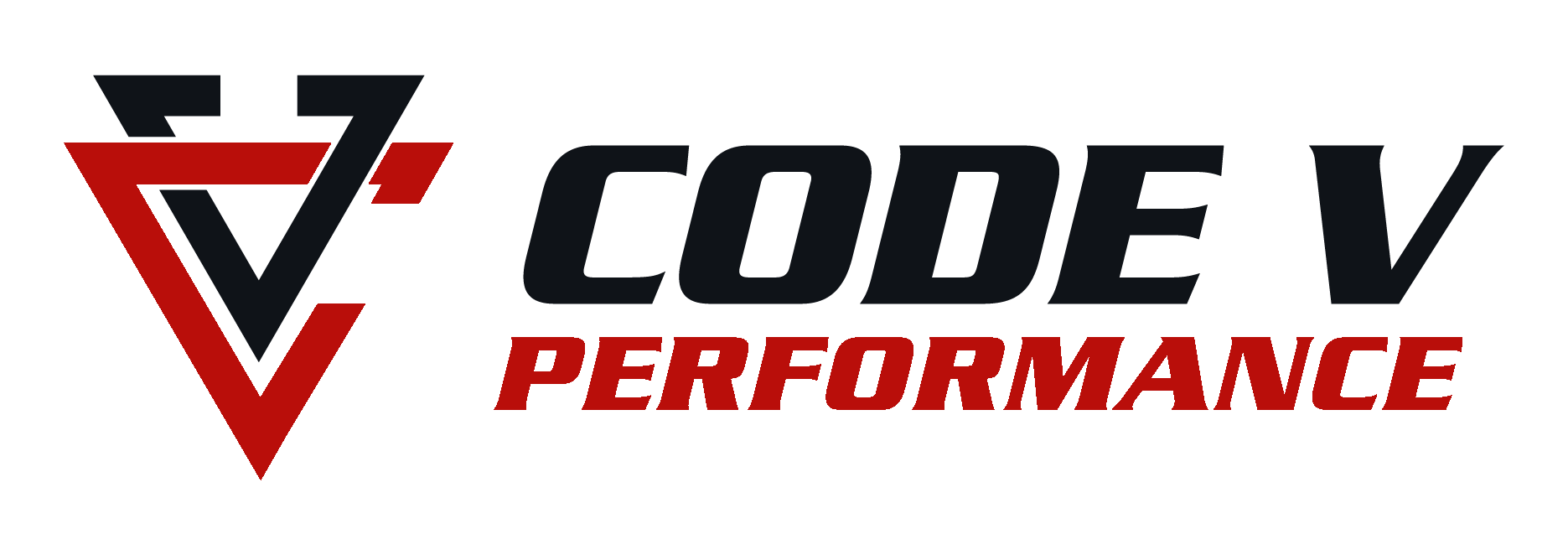Frequent Asked Questions
What causes a muscle to shut down?
There are many things that can cause a muscle to become inhibited or “shut down”. These inhibited muscles can be due to injuries or neurologic stress. Organ stress due to poor nutritional habits can also lead to muscle inhibition.
How do I know how many muscles I have that are shut down?
Following your initial exam appointment with the doctor, you will schedule a Report of Findings appointment. At this time the doctor will review the findings from your exam and give you a copy of that full exam. This will outline each specific muscle group, as well as the number of muscles that are inhibited. After discussing your treatment plan with the doctor, you will be able to set up a series of appointments to get you on the road to wellness.
What is the average number of shut down muscles in a patient?
Every patient is unique. By the time adult patients arrive in our clinic they have accumulated a lifetime of trauma. Most patients have approximately 40-50 muscles shut down, however some have far fewer and a few have many more. The initial exam will find all the muscles that are inhibited in your body. Our goal (regardless of the number of muscles shut down) is to get you balanced and well again, and to help you to achieve your goals of being active and pain free.
How does a muscle become activated?
In order to re-activate an inhibited muscle, the doctor must stimulate 5 reflex points as well as the origin and insertion of the muscle (where the muscle attaches to the bone). There are also specific chiropractic adjustments that are part of the process for activating the muscle.
How long does it take for each treatment?
It takes the doctor 10 minutes to reactivate each muscle. If an assistant is with the doctor, it is possible to activate 2 muscles in 10 minutes. The number of muscles you are scheduled to have activated will determine the length of your appointment.
Will I feel any relief after just one treatment?
Most patients feel improvement after just one treatment. However, it is possible that we may have to address imbalances away from the site of your initial complaint in order to provide stability to build upon. For example, you may have a knee complaint. However, if all of your low back muscles are inhibited we need to address those first before we can address the inhibitions in the knee. Some patients also experience that their initial complaint resolves (for example knee pain), but then their shoulder may start aching. In the exam we will have found shoulder muscles that need to be addressed and we will then treat that area. Again, the long-term goal is to get the entire body balanced to achieve maximum overall function.
How Often Do I need to schedule treatments and how many muscles should I schedule each time?
The best care plan for you will be determined at your report of findings appointment. Typically, a patient will be treated for 2-6 muscles per visit. This can change depending on the needs of the patient.
Does the doctor need to activate every muscle?
Many times, some muscles will become activated again when their anchor muscle is reactivated. Therefore, most patients will have some muscles that become activated without being treated. Whether or not each muscle is treated, every muscle must be activated by the end of your program to achieve a balanced body that is fully functional and pain free.
Does a muscle ever need to be activated twice?
Once activated, a muscle should not need to be reactivated unless there is a new injury or trauma that occurs. Occasionally the doctor will find a muscle that has already been treated not holding. If this occurs the doctor will look at the organ or gland in the body associated with that muscle and deliver nutrient or supplemental support. In doing this we should see immediate results showing that the muscle is again strong.
What happens when we finish activating all of my muscles?
Once the doctor has cleared all of the muscles found to be shut down during your initial exam, she will perform a re-exam to make sure the muscles have held and there are no other areas that are imbalanced. After all muscle work is complete, and the re-exam shows you clear, it is recommended that you receive chiropractic care once a month.





